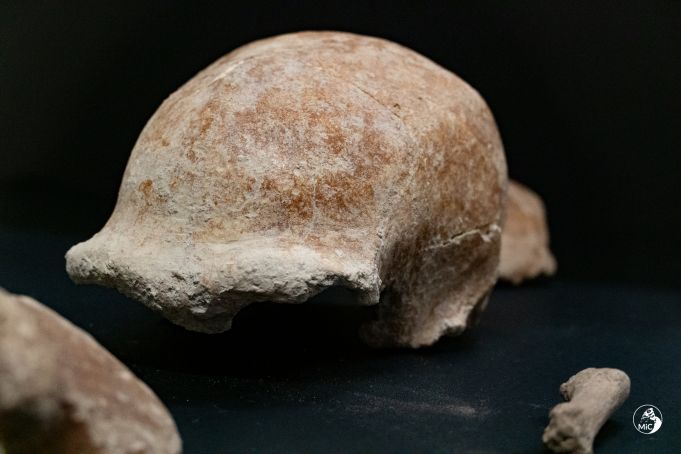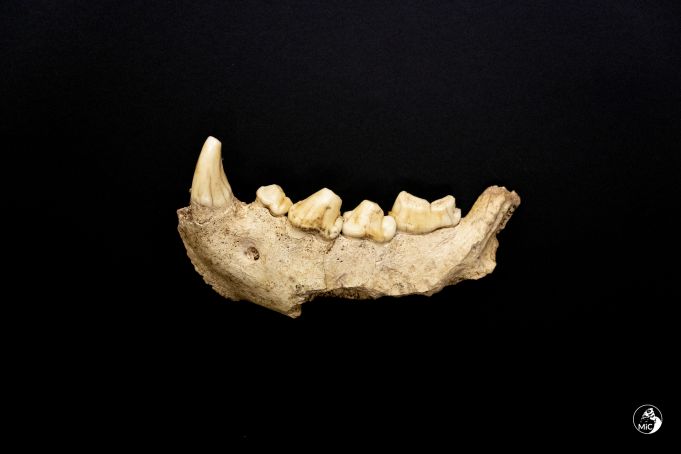Remains of nine Neanderthals unearthed at prehistoric cave at San Felice Circeo.
Archaeologists in Italy have discovered the fossilised remains of nine Neanderthals in a prehistoric cave south of Rome, the Italian culture ministry announced over the weekend.
It is believed that the Neanderthals may have been hunted by hyenas and dragged back to animals' den in the Grotta Guattari in the coastal town San Felice Circeo, some 90 km south of Rome.
The fossilised bones include skullcaps, teeth and broken jawbones, in a discovery described by culture minister Dario Franceschini as "extraordinary."

Archaeologists say the bones belonged to seven adult males, a woman and a young boy, discovered alongside the fossilised remains of elephants, rhinoceroses, bears hyenas and aurochs, an extinct species of large wild cattle.
The culture ministry says the find, conducted by the archaeological superintendency of Latina and the University of Tor Vergata in Rome, will help to enrich studies on Neanderthals and shed light on how the Italian peninsula was populated.
The Guattari site gained international importance in 1939 when a Neanderthal skull was discovered by chance in the cave in 1939.

The culture ministry said the latest discovery confirmed that the Italian cave was "one of the most significant places in the world for the history of Neanderthals."
Archaeologists say the oldest remains date from between 100,000 and 90,000 years ago, while the other eight Neanderthals are believed to date from 50,000 to 68,000 years ago.
A close ancient cousin of Homo sapiens, Neanderthals are believed to have died out about 40,000 years ago.
Cover image courtesy UfficioStampaEComunicazione_MiC. Photo by Emanuele Antonio Minerva.General Info
View on Map
Neanderthal remains discovered in cave south of Rome
Via Alcide de Gasperi, 1, 04017 San Felice Circeo LT, Italy


















